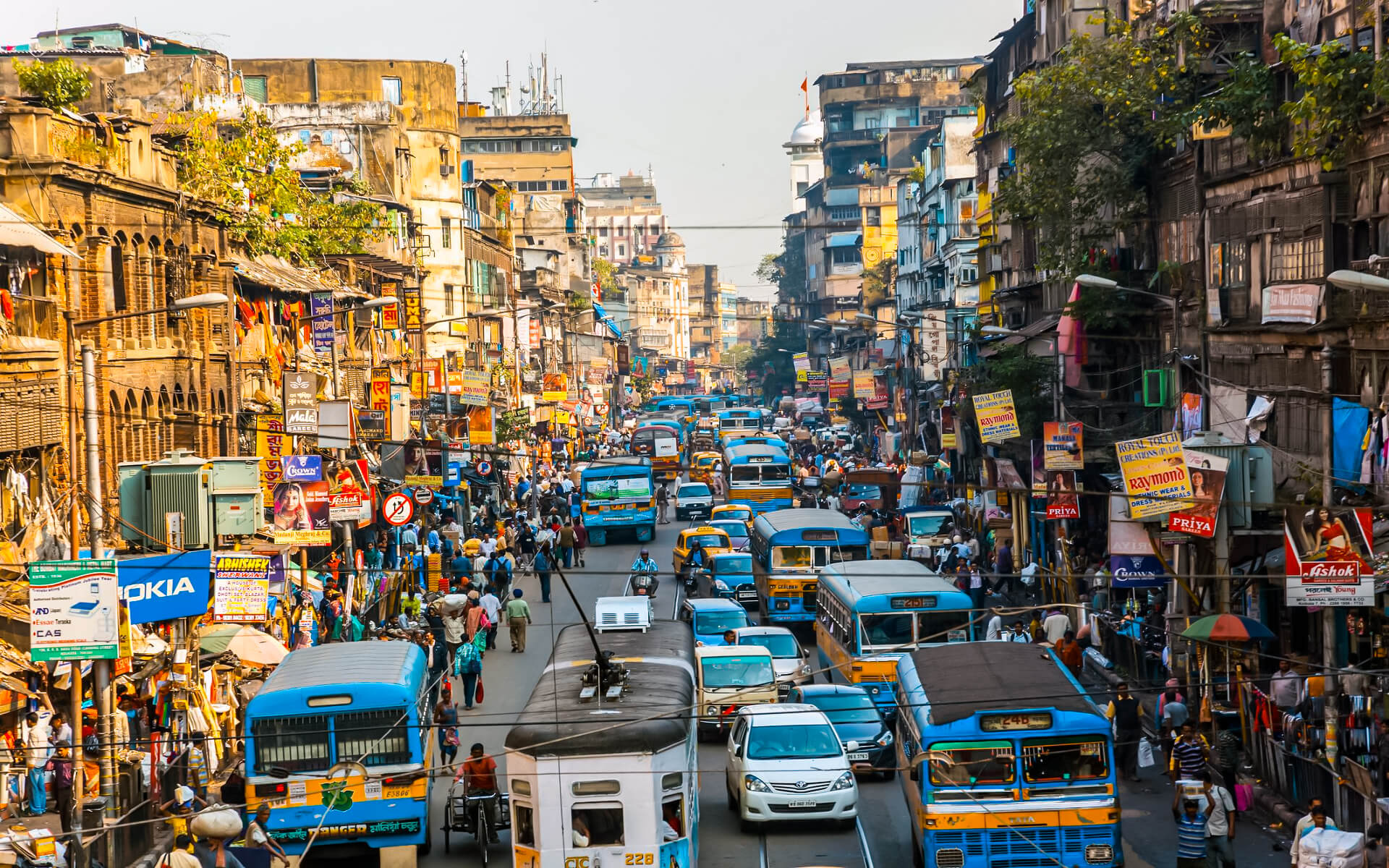[lwptoc]
Kolkata is the capital of West Bengal, an Indian state. It is the important economic, cultural, and educational center of East India, located on the east bank of the Hooghly River, and the Port of Kolkata is India’s oldest running port and its single significant riverine port. The city had 4.5 million people in 2011; the urban agglomeration, which included the city and its outskirts, had around 14.1 million, making it India’s third-most populated metropolitan region. Its gross domestic output (adjusted for purchasing power parity) was predicted to be US$104 billion in 2008, ranking third among Indian cities after Mumbai and Delhi. Kolkata, a major metropolitan metropolis in a developing nation, has significant urban pollution, traffic congestion, poverty, overcrowding, and other logistical and social issues.
The three villages that preceding Kolkata were administered by the Nawab of Bengal under Mughal suzerainty in the late 17th century. Following the Nawab’s award of a trade license to the East India Company in 1690, the location was developed by the Company into an increasingly fortified trading center. Nawab Siraj ud-Daulah retook Kolkata in 1756 when the Company began dodging taxes and the fort’s militarization increased. The East India Company retook it the next year and beat the Nawab of Bengal (Mir Qasim) when he attempted to force them out of the area in 1764. Following the fight, the East India Company forged a contract with the Mughal emperor that granted them the power to collect taxes from the province, thereby making them the imperial tax collector. In 1793, the East India Company was powerful enough to remove Nizamat (local authority) and take complete control of the province. Kolkata served as the capital of British-held areas in India during Company rule and then under the British Raj until 1911, when its perceived geographical disadvantages, along with increasing nationalism in Bengal, led to a move of the capital to New Delhi. The city was a focal point of the Indian independence movement, and it continues to be a cauldron of current state politics. Following India’s independence in 1947, Kolkata—once the epicenter of modern Indian education, science, culture, and politics—experienced decades of economic stagnation.
Kolkata has indigenous traditions in drama, art, cinema, theater, and literature as a core of the 19th- and early-20th-century Bengal Renaissance and a religiously and ethnically diverse cultural center in Bengal and India. Many persons from Kolkata have made significant contributions to the arts, sciences, and other fields, including numerous Nobel laureates. Kolkata culture is characterized by quirks such as unusually close-knit neighbourhoods (paras) and spontaneous intellectual interactions (adda). The city is home to West Bengal’s part of the Bengali film industry, as well as historic cultural institutions of national significance such as the Academy of Fine Arts, the Victoria Memorial, the Asiatic Society, the Indian Museum, and the National Library of India. Kolkata is home to the Agri Horticultural Society of India, the Geological Survey of India, the Botanical Survey of India, the Calcutta Mathematical Society, the Indian Science Congress Association, the Zoological Survey of India, the Institution of Engineers, the Anthropological Survey of India, and the Indian Public Health Association, among other professional scientific organizations. Despite having large cricketing stadiums and franchises, Kolkata is unique among Indian cities in emphasizing association football and other sports.


